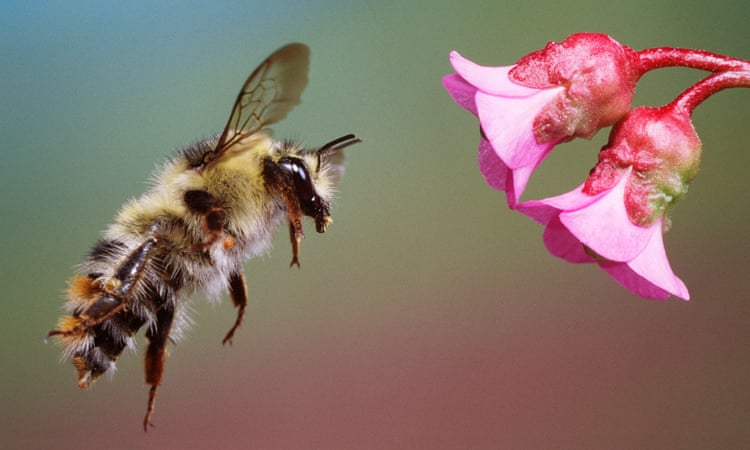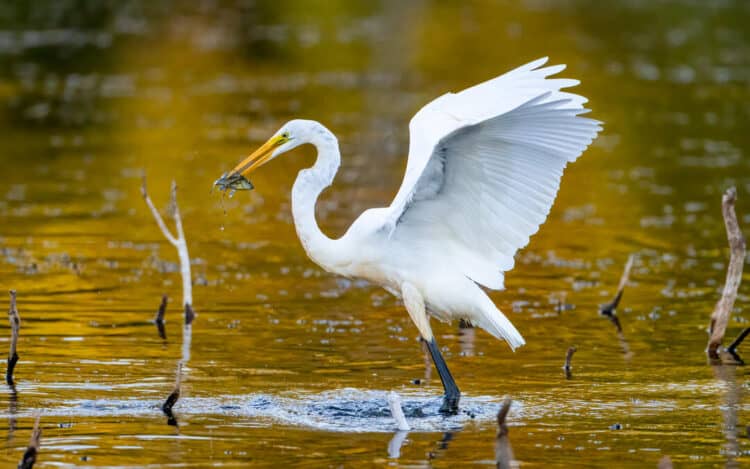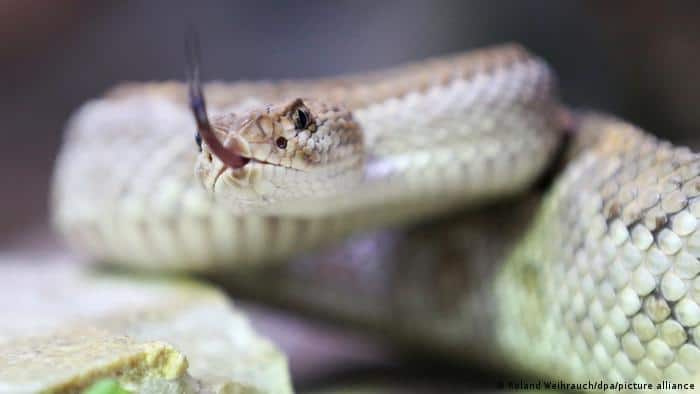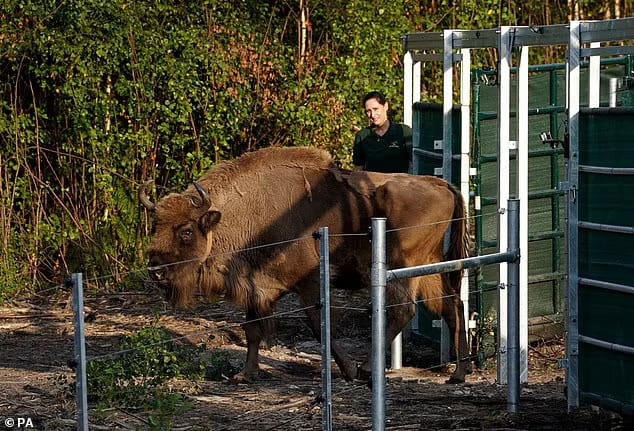Could urbanization make it harder for some animals to adapt to the climate crisis? A study published in the journal PLOS ONE last year found that the populations of Western tiger snakes (Notechis scutatus occidentalis) that were the most cut off from others due to urbanization in and around Perth, Australia, had reduced genetic diversity, making them more at risk for inbreeding.
“If tiger snake populations isolated by urbanisation are suffering from lower genetic diversity, they can lose their ability to adapt in order to survive ever-changing environments due to development, pollution and climate change,” study lead author and Curtin University Ph.D. candidate Damian Lettoof said in a press release.
Long before the skyscrapers went up, the land that would become Perth, Australia, was dominated by wooded sand dunes and wetlands that would emerge with the spring rains and dry up in the summer. Tiger snakes would glide between these wetlands as the year progressed, chasing the water as the marshes dried.
However, beginning in 1850 humans began to develop the area for agriculture and city-building, and 70 percent of the wetlands vanished. The remaining tiger snakes found refuge around stable lakes and rivershores, but were therefore cut off from each other over time.
Despite all of these changes, tiger snakes are still hanging on. They are considered a species of Least Concern by the International Union for Conservation of Nature Red List. However, they were once considered at risk for extinction, mostly because of wetland loss, and there are some reports that their numbers are declining in urban areas.
Lead Image: A tiger snake. Damian Lettoof.
What you can do
Support ‘Fighting for Wildlife’ by donating as little as $1 – It only takes a minute. Thank you.
Fighting for Wildlife supports approved wildlife conservation organizations, which spend at least 80 percent of the money they raise on actual fieldwork, rather than administration and fundraising. When making a donation you can designate for which type of initiative it should be used – wildlife, oceans, forests or climate.







Leave a Reply